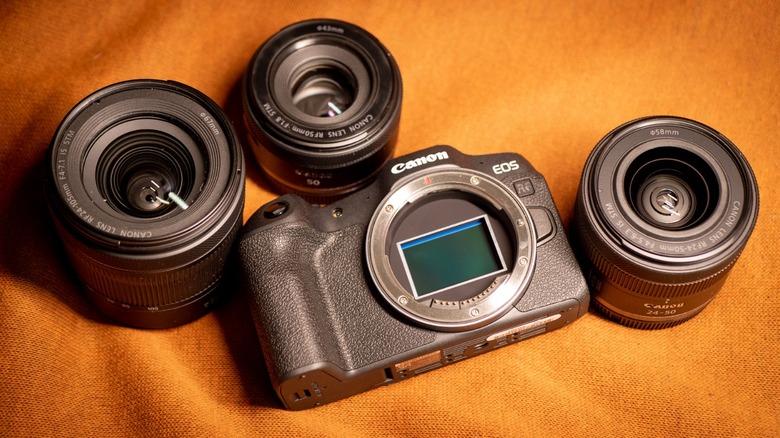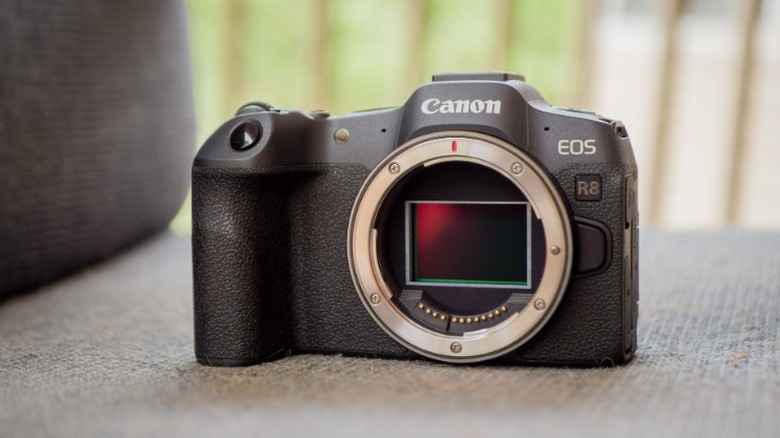What Lenses Can You Use On The Canon EOS R8?
We may receive a commission on purchases made from links.
The Canon R8 full-frame mirrorless system can be bundled with the 24-50mm f4.5-6.3 kit lens for an extra $200 over the body's $1,500 list price. This lens features built-in stabilization and fast autofocus, but the tight aperture will limit low-light capabilities. To unlock the full potential of the camera, you may want to invest in faster RF prime lenses like the 50mm f1.8 and the 100mm f2.8.
If you have any APS-C-sized Canon RF lenses in your collection, those will also be fully compatible with the R8. However, fixing one of these lenses will force the camera in "crop" mode to eliminate harsh vignetting around the edges of the smaller barrel. This going to limit total sensor resolution and give you a narrower field of view, so full-frame lenses are naturally going to be the best fit for the R8.
As of yet, third-party lens providers have been barred by Canon from accessing the electronics on the RF system. Other brands like Nikon and Sony have quality lenses available from Tamron and Sigma, but Canon's native selection is currently more limited. You can however find fully-manual lenses like those from Laowa in the RF mount. Recently, it looks like Canon is beginning to warm up to the idea of bringing third-party autofocus lenses out for cameras like the R8.
Adapting Lenses to the Canon EOS R8
With the addition of an EF to RF adapter, the R8 can be made compatible with nearly every Canon EF SLR lens, including film lenses that go all way back to the mid-1980s. Autofocus and metering will be fully functional, just as they would with a native lens. Although an EF adapter adds more size and weight to the system, it can be a great value proposition for those looking to expand the lens catalog on the R8. For decades, the EF system was one of the most popular in the world, so lenses are readily available for good prices on the used market.
Like most mirrorless systems, the R8 is also great for adapting vintage 35mm film lenses. Simple metal adapters can be found for cheap that will allow you to mount Canon FD lenses, Leica lenses, Minolta Rokkor glass, and many more. The catch is that focusing and aperture control will have to be done entirely by hand. To make this process easier, as mentioned in our full Canon EOS R8 Review, the Canon R8 has access to electronic aids like focus peaking and live view cropping.

